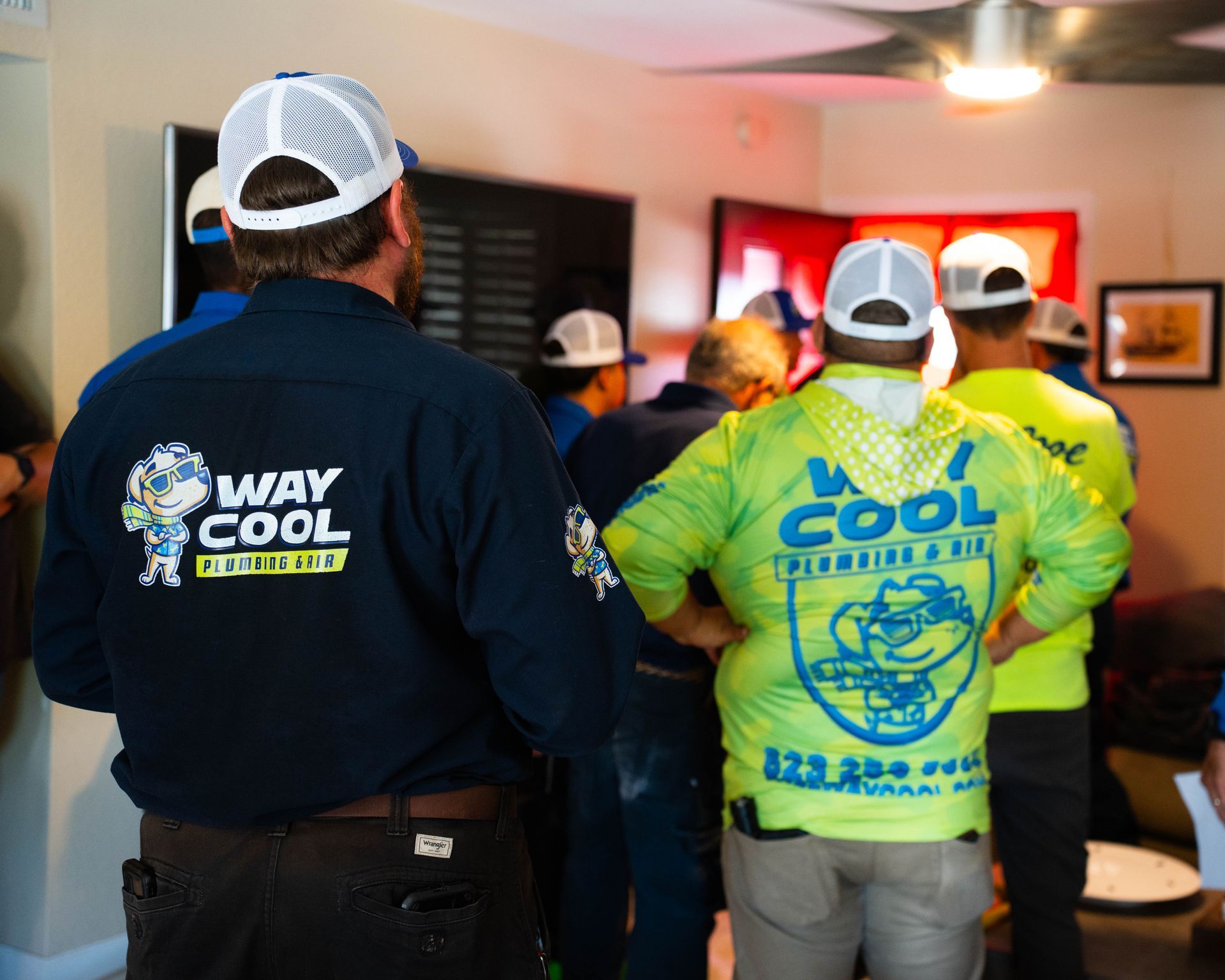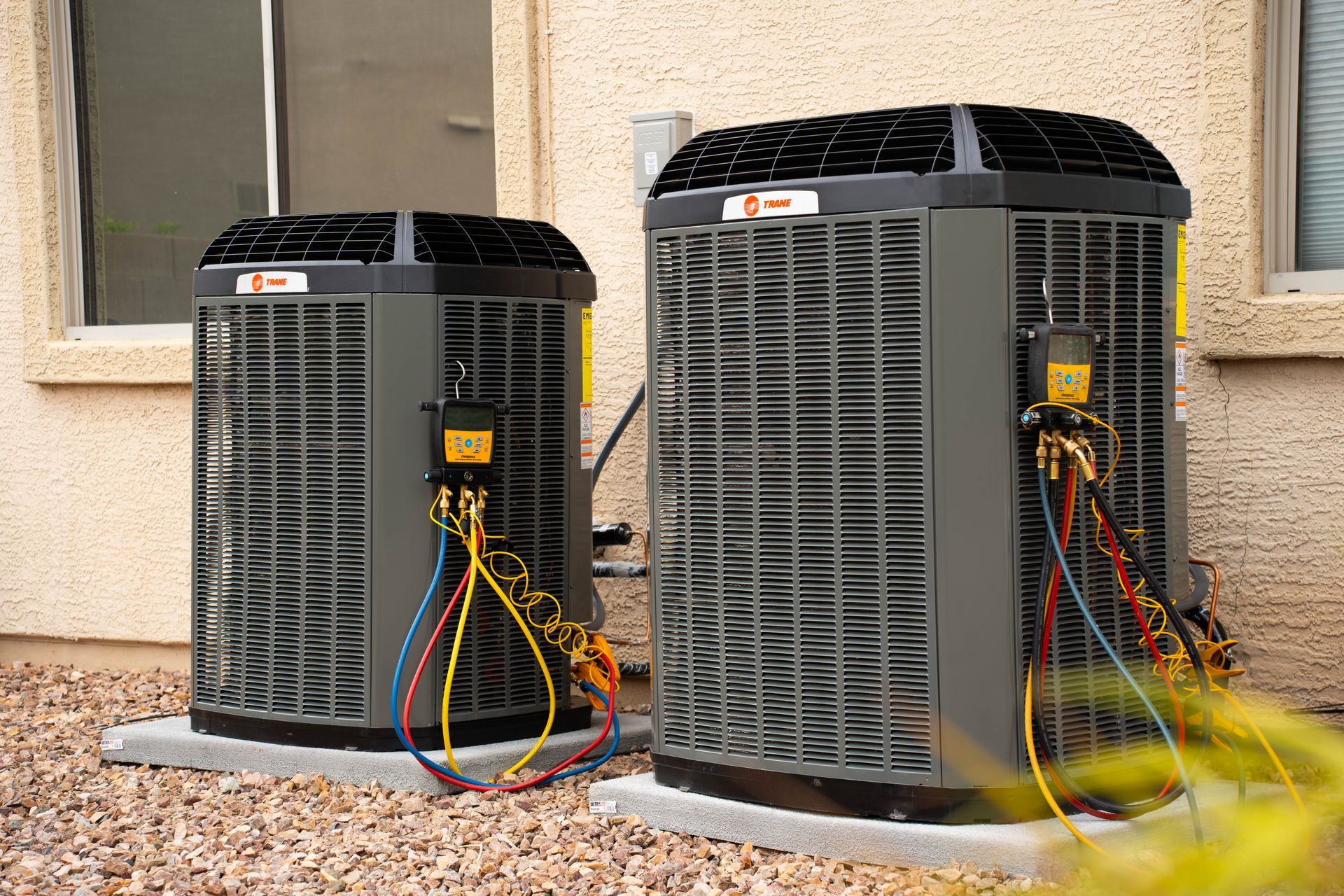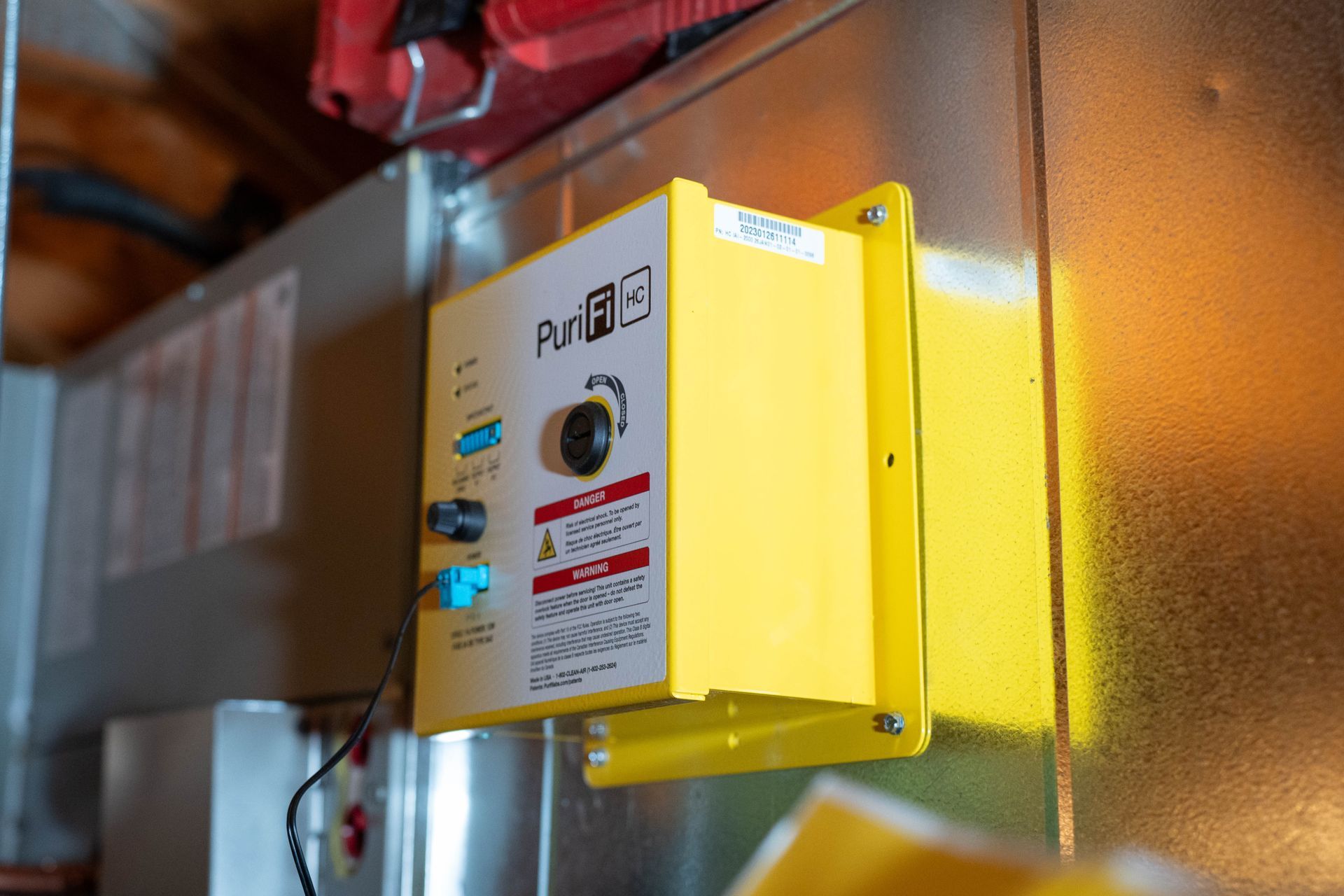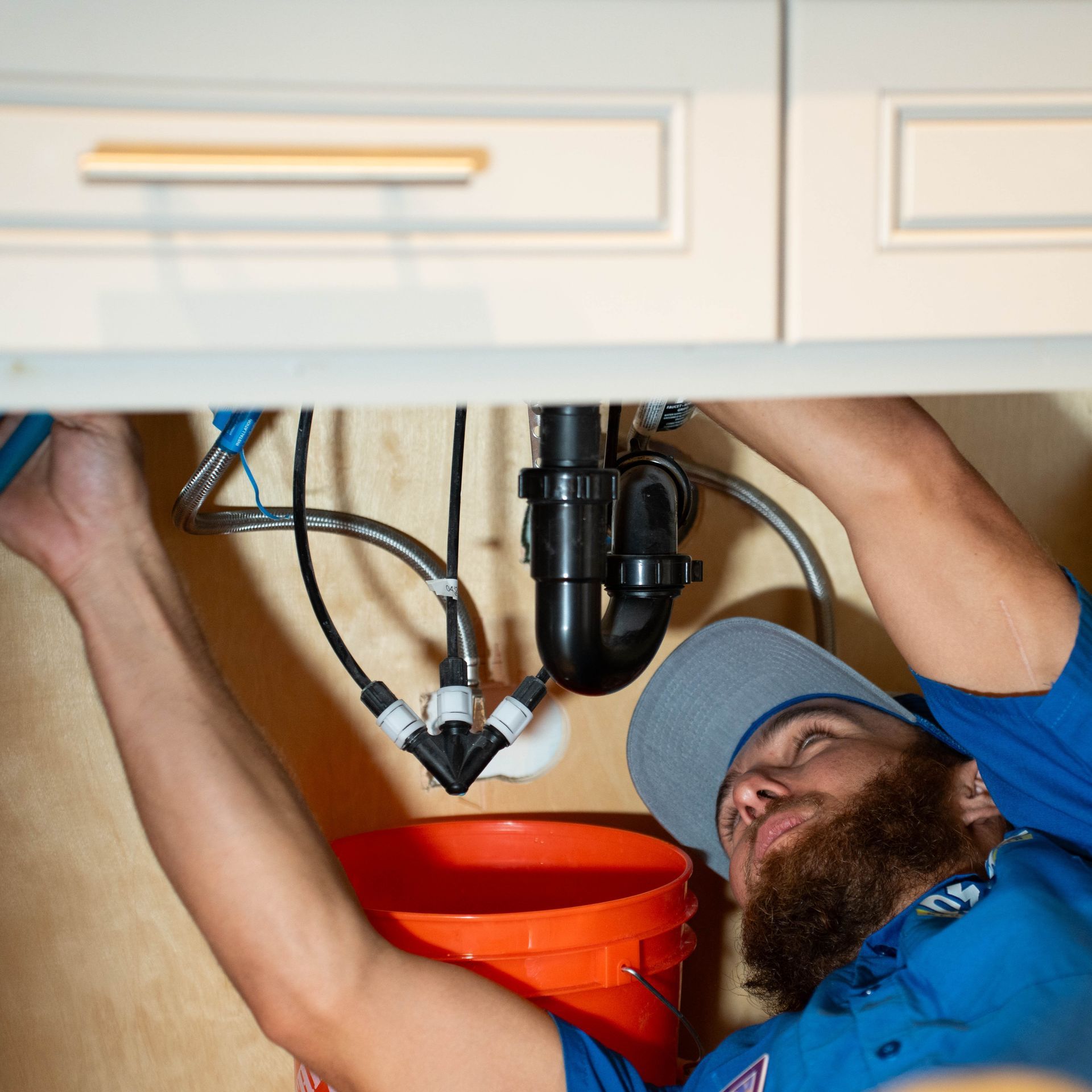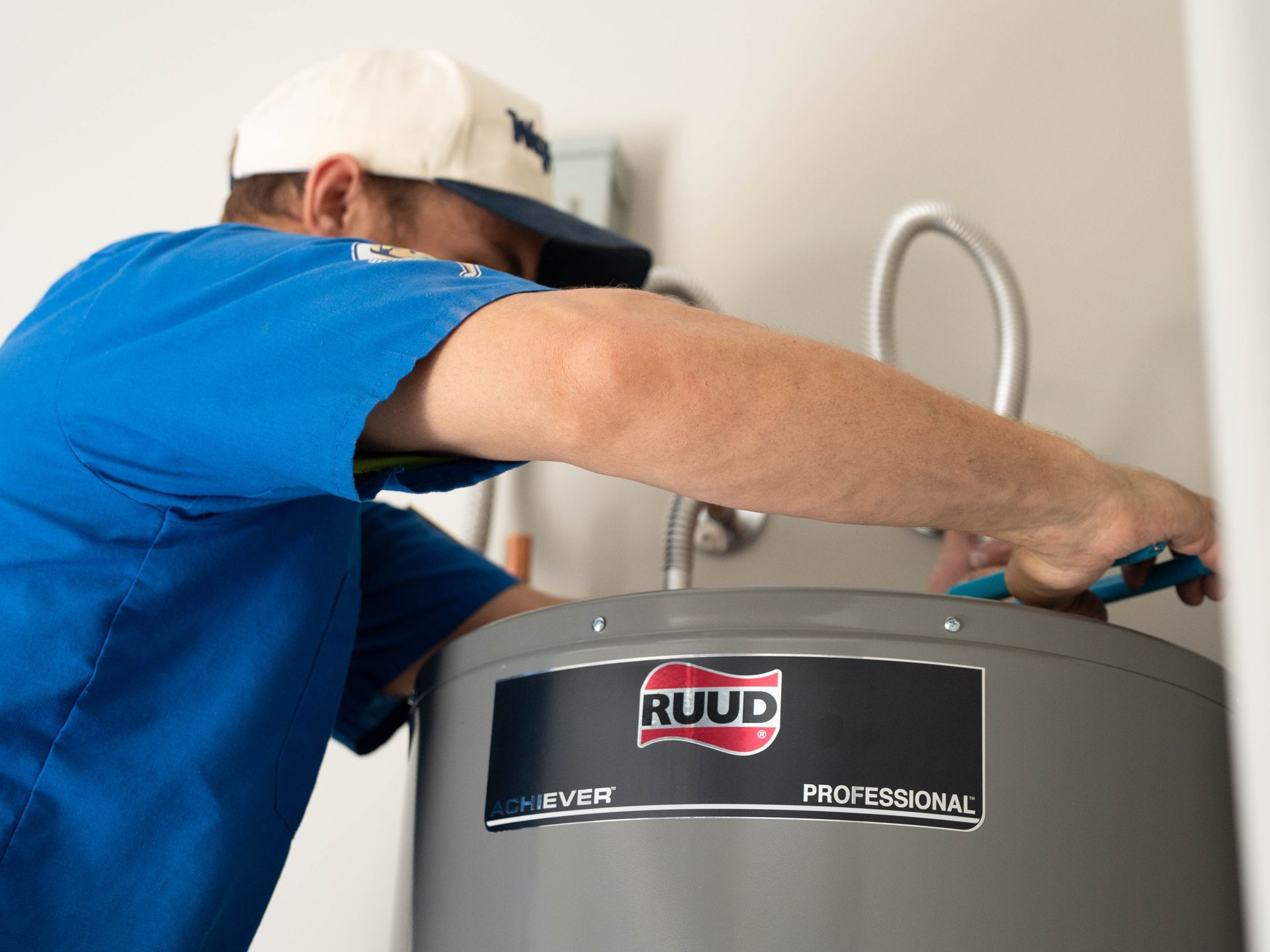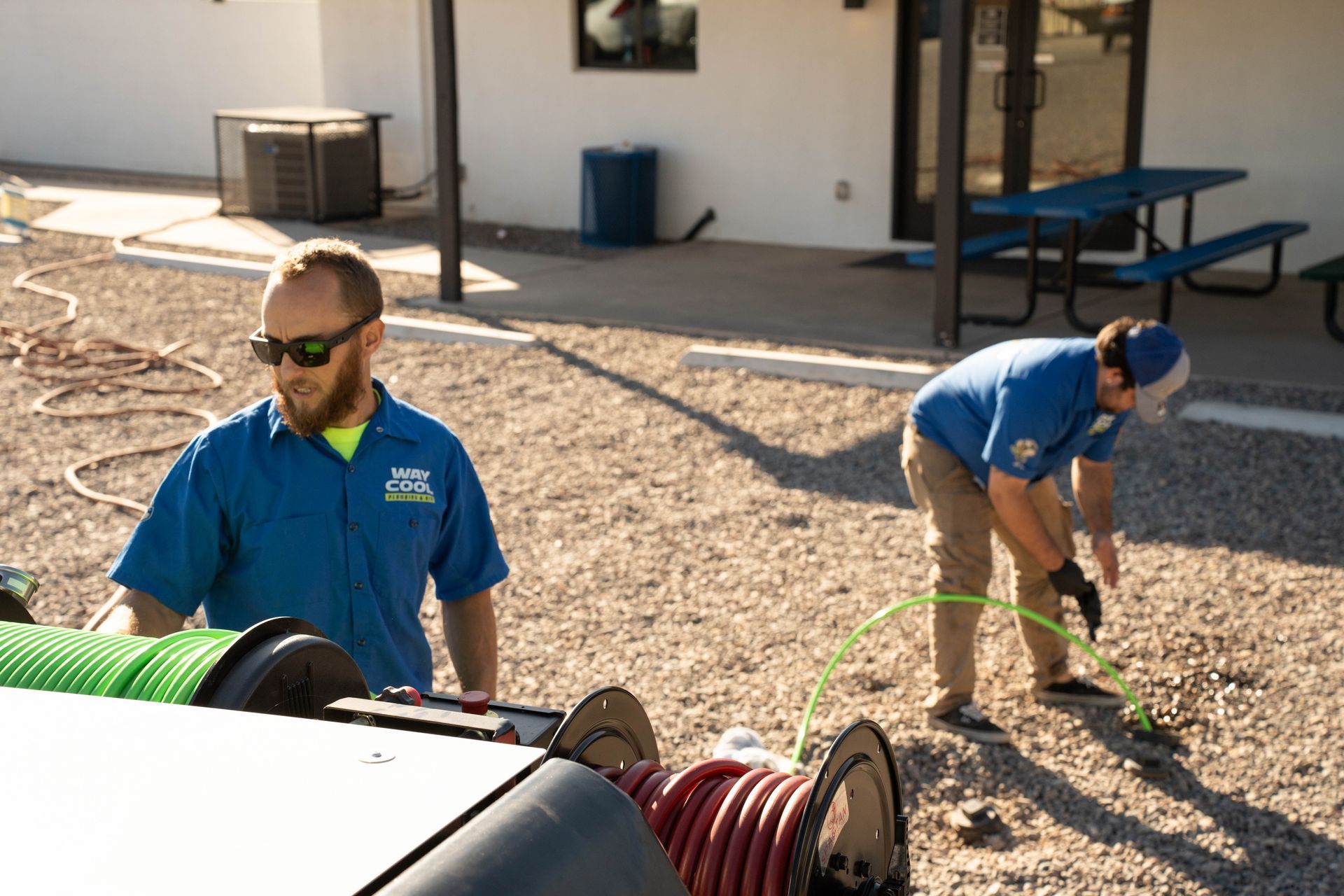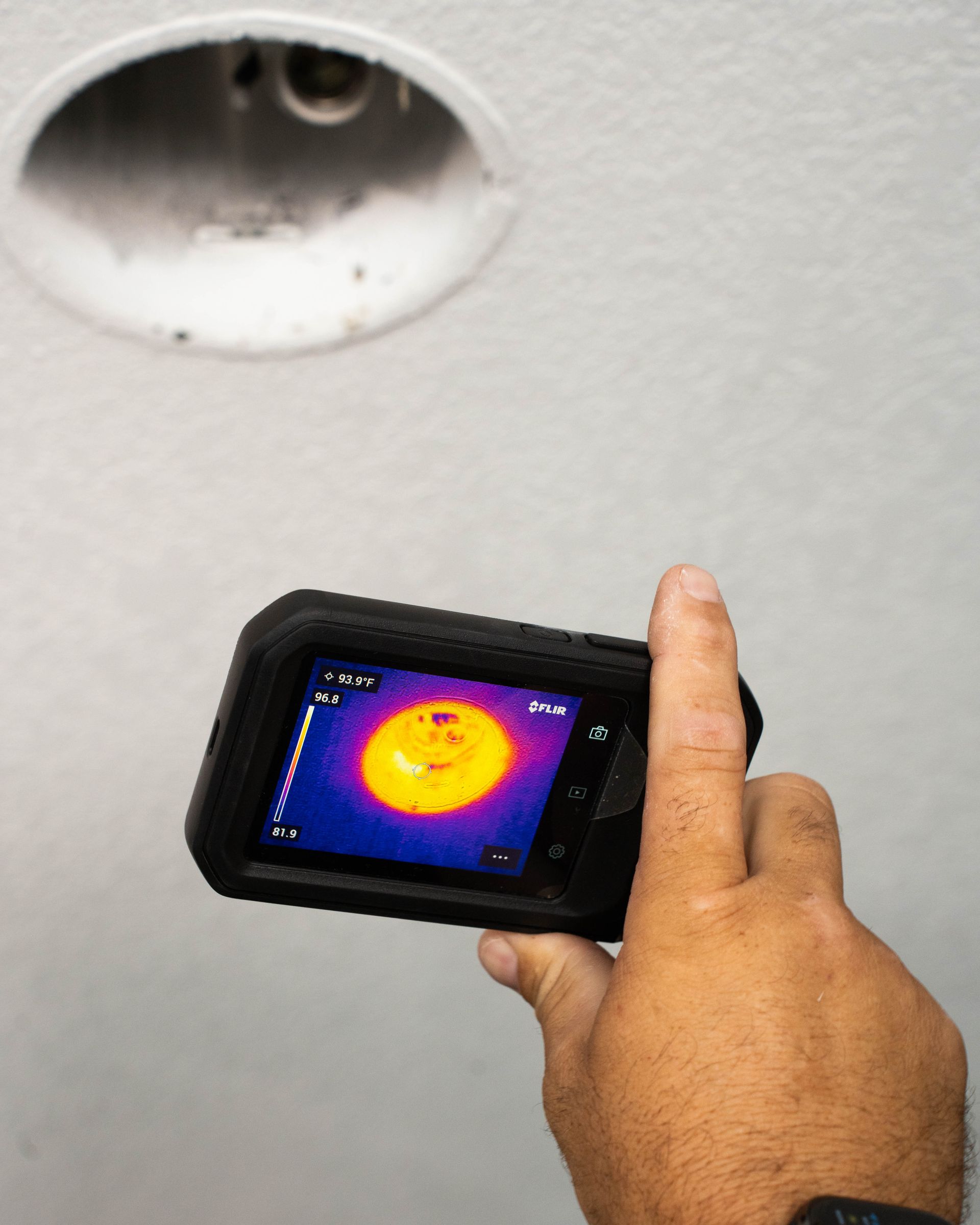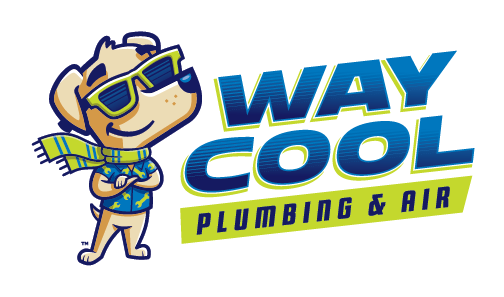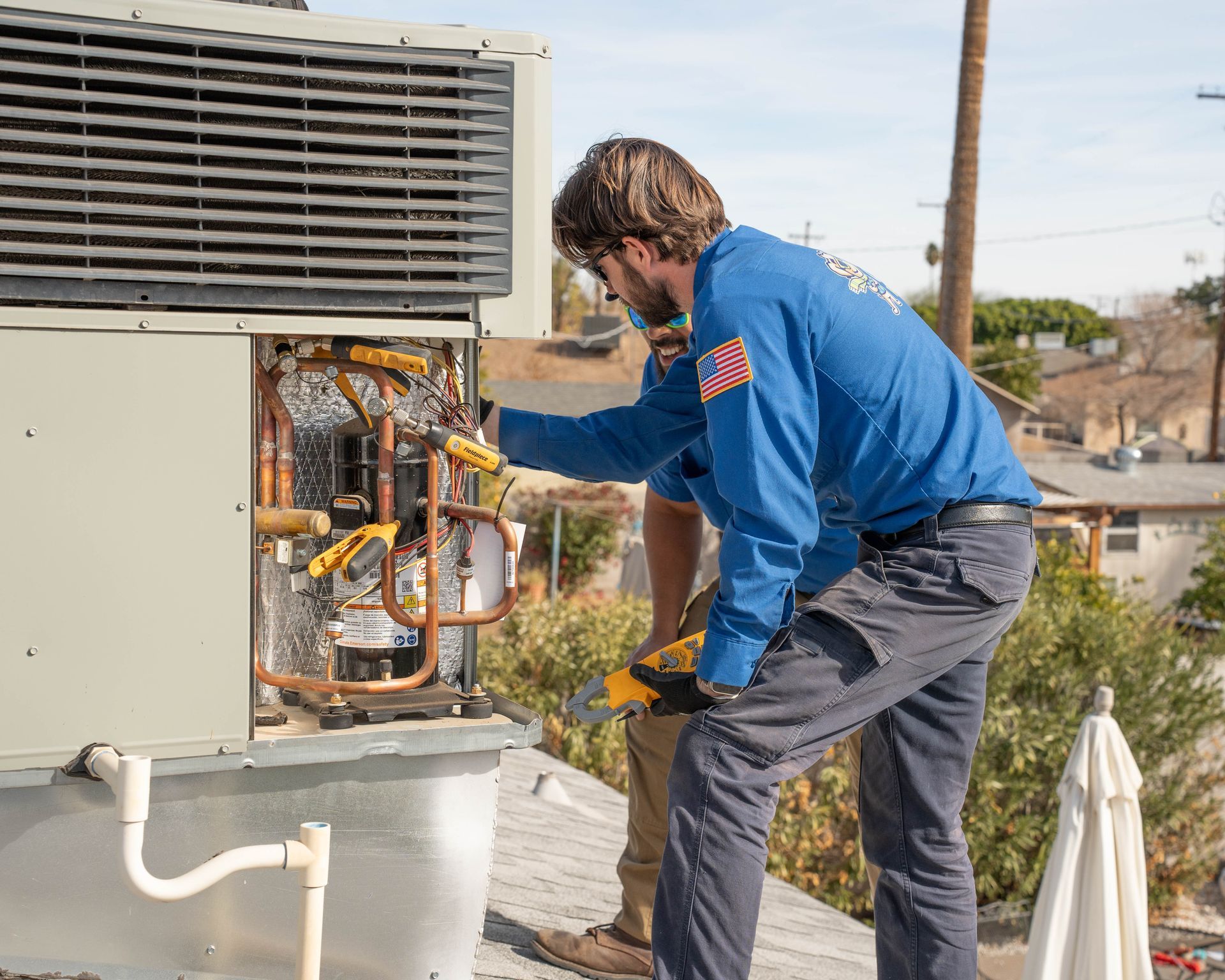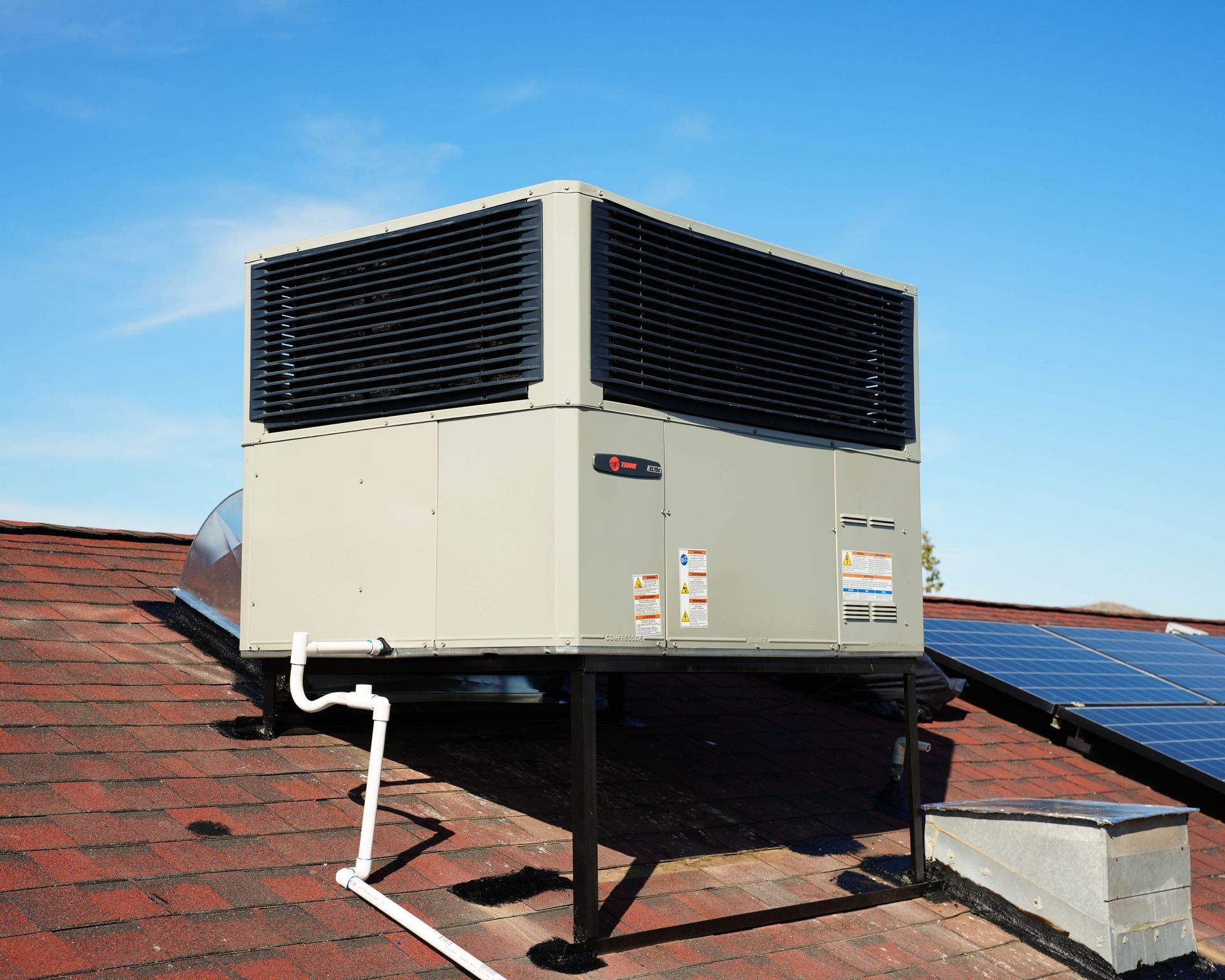Attic Insulation & Home Performance – FAQs
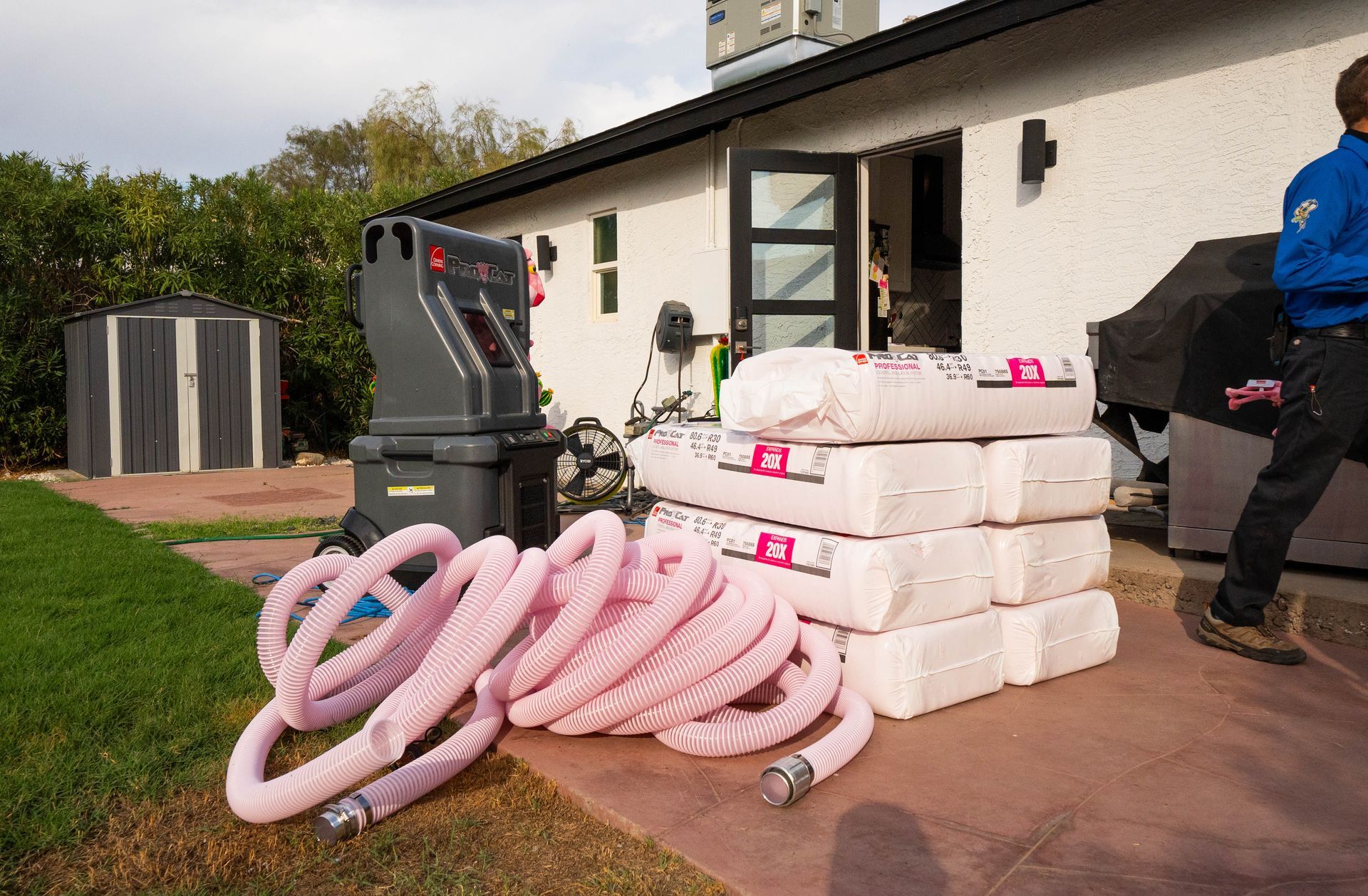
Q: How does my attic impact my home’s energy efficiency?
A: The attic is often the #1 source of energy loss in a home, especially in the desert climate of Phoenix. Heat rises, so in winter your heated air can escape into a poorly insulated attic. More importantly for Arizona, in summer the sun turns your attic into an oven – attic temperatures can soar well above 130°F. If the attic floor (the ceiling of your living space) isn’t insulated enough or has gaps, that heat radiates down into your home. This makes your air conditioner run much longer to keep you comfortable. By properly insulating and air-sealing your attic, you create a buffer that keeps excessive heat out and conditioned air in. The result is a more comfortable home and significantly lower cooling bills.
Q: How much insulation do I need in my attic in the Phoenix area?
A: For our region, energy experts typically recommend somewhere around R-38 to R-60 insulation in the attickinginsulation.com. “R-value” is a measure of insulation’s ability to resist heat flow – higher is better. Many older homes in Maricopa County have much less (maybe only R-19 or R-20). Upgrading from a minimal insulation level to R-38 or more can have a huge impact on comfort. The U.S. Department of Energy’s guidelines for hot climates suggest approximately 10–14 inches of fiberglass or cellulose insulation in the attic, which corresponds to that R-38+ range (depending on material). It’s worth having a professional measure your current insulation and see if more should be added. Tip: If you can see the tops of your ceiling joists in the attic, you likely don’t have enough insulation.
Q: What are signs my attic insulation or ventilation is insufficient?
A: Common signs include uneven temperatures in the house (e.g. second floor or ceiling-level rooms are significantly hotter in summer), AC running constantly on hot days, and high energy bills relative to the size of the home. You might also notice hot spots on the ceiling or walls during the peak of summer – a sign that insulation above those areas isn’t doing its job. Another clue is ice-cold drafts in winter coming from the ceiling or attic access hatch, indicating heat loss. Poor attic ventilation often goes hand-in-hand with insulation issues: if your attic lacks proper vents, heat and moisture can get trapped, reducing the effectiveness of insulation. In Phoenix’s dry climate, moisture is less of a problem than heat – but good ventilation (ridge vents, soffit vents, etc.) still helps flush out hot air from the attic so insulation can work better.
Q: What is an attic radiant barrier, and do I need one?
A: A radiant barrier is a reflective material (often a foil sheeting) installed under the roof deck or rafters. Its purpose is to reflect radiant heat away so the attic doesn’t get quite as hot. In the Valley of the Sun, radiant barriers can be beneficial – they’ve been shown to reduce attic temperatures by reflecting some of the sun’s heat. However, they’re not a substitute for insulation. Think of a radiant barrier as an add-on to slow heat gain, while insulation actually resists heat flow. If your attic insulation is already at a healthy level, adding a radiant barrier can further reduce the strain on your AC by keeping the attic a bit cooler. If your insulation is inadequate, focus on that first; a radiant barrier alone won’t keep your home cool. In summary: radiant barriers can help in Phoenix’s climate, but only as part of a broader strategy including proper insulation and ventilation.
Q: Besides adding insulation, what other attic improvements boost efficiency?
A: Air sealing is critical. Before piling on new insulation, a good contractor will seal up gaps and cracks in your attic floor (the top of the walls, around vent pipes, light fixtures, etc.). This prevents conditioned air from leaking through the ceiling into the attic. Also, ensure ductwork in the attic is sealed and insulated – leaky or uninsulated ducts can lose a lot of cooling into the hot attic (wasting energy). Proper attic ventilation (ridge vents, gable vents, or soffit vents) is important to let hot air escape; a well-ventilated attic can be 10-25°F cooler, which helps your insulation perform better. Lastly, if you have an attic hatch or pull-down stairs, use an insulated cover or weatherstripping on it – that’s a common weak spot for air leakage. Together, these measures make your attic an ally in energy savings rather than a source of energy loss.
